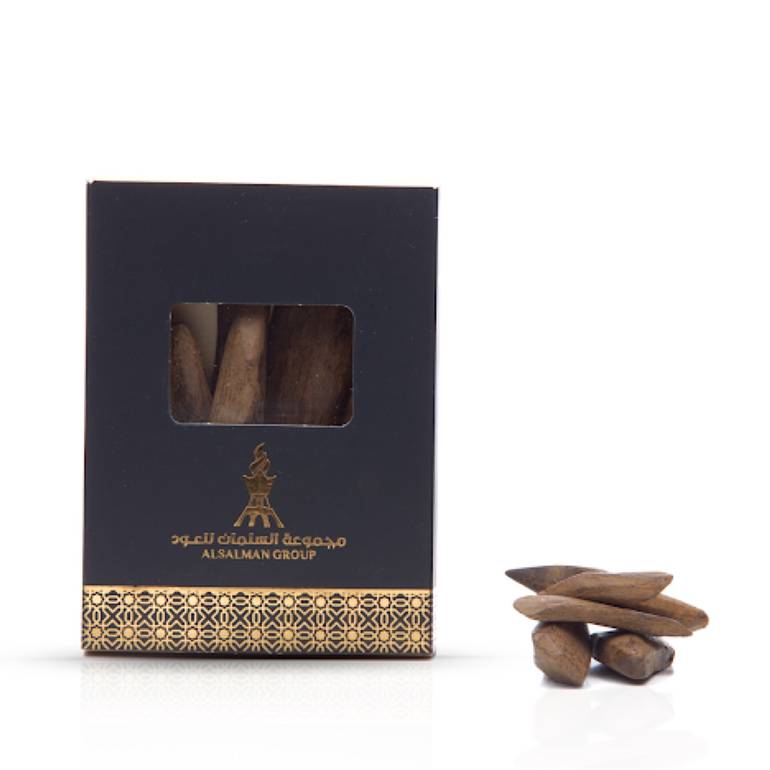Oud vs. Saffron: Comparing Two Treasures of the Middle East
Oud vs. Saffron: Comparing Two Treasures of the Middle East
Blog Article
Oud and saffron are iconic symbols of luxury and tradition, deeply rooted in the cultural and economic heritage of the Middle East. While one tantalizes the senses through its fragrance and the other through its flavor, both hold immense value and significance. Let’s explore their origins, uses, and unique qualities in a detailed comparison.
1. Origins and Production
- Oud:
Oud, also known as agarwood, is derived from the resinous heartwood of the Aquilaria tree. This resin forms as a natural defense mechanism when the tree is infected with a specific mold. The process of resin formation can take decades, making oud extremely rare and valuable. - Saffron:
Saffron is harvested from the stigmas of the Crocus sativus flower, a labor-intensive process requiring thousands of flowers to produce just a few grams. It is often called “red gold” due to its vibrant color and high cost.
2. Cultural and Historical Significance
- Oud:
Oud has been a cornerstone of Middle Eastern perfumery and culture for centuries. It is burned as incense during religious ceremonies and used in perfumes to symbolize status and sophistication. In some traditions, oud is believed to ward off negativity and bring blessings. - Saffron:
Saffron’s culinary and medicinal uses date back over 3,000 years. It has been used in Persian, Indian, and Arabic cuisine to enhance the color, flavor, and aroma of dishes. Saffron is also associated with health benefits, including mood enhancement and improved digestion.
3. Aromatic and Sensory Appeal
- Oud:
Oud’s fragrance is often described as deep, woody, and complex, with smoky and sweet undertones. It evolves over time, creating a multi-dimensional olfactory experience. It is the centerpiece of many luxury perfumes, especially in niche and Middle Eastern brands. - Saffron:
Saffron offers a subtle, sweet, and earthy aroma with a hint of floral and honey-like notes. Its flavor is equally unique, providing warmth and depth to both savory and sweet dishes.
4. Economic and Symbolic Value
- Oud:
Oud is often considered a symbol of wealth and prestige. Due to its scarcity, high-quality oud can be worth more than gold by weight. It is an investment for many collectors and enthusiasts.sources : عود تايقر and زعفران - Saffron:
While saffron is also expensive, its value is rooted in its versatility and culinary significance. It is a prized ingredient in traditional dishes and serves as a symbol of hospitality in Middle Eastern cultures.
5. Uses in Modern Times
- Oud:
Today, oud is predominantly used in perfumery, incense, and traditional healing practices. Luxury brands around the world incorporate oud in their fragrance lines, highlighting its enduring appeal. - Saffron:
Saffron continues to be a staple in high-end cuisine, from rice dishes to desserts and beverages. Its medicinal properties are also being explored in modern pharmaceutical research.
Conclusion
Oud and saffron are both treasures of the Middle East, revered for their rarity and sensory appeal. While oud enchants with its rich and long-lasting aroma, saffron captivates with its golden hue and unique flavor. Each represents a different facet of Middle Eastern culture—oud through its profound olfactory experience and saffron through its culinary artistry. Together, they embody the region's rich heritage of luxury and tradition. Report this page
